British Style: Morris & Co
This year, the British heritage brand Morris & Co celebrates its 160th anniversary. We look back at its history and newest innovations


Morris & Co was founded by the visionary Arts and Crafts leader, William Morris (1834-1896), in response to cheaply-made, mass-produced furnishings of the Victorian period that, he believed, lacked any sense of beauty or style
The firm's timeless designs, which have a symmetry and structure that work happily in small or large spaces, seamlessly bridge the gap of 160 years. Today, they are sold in the US by Zoffany but in UK, where the interior design archive (see below) – including original blocks, logbooks and pattern books – are kept, Morris & Co forms part of Zoffany’s parent company Sanderson Design Group.

The Morris & Co archives in the UK
William Morris: the man behind the name
While at Oxford and during his early years in London, Morris made friends with founding members of the Pre-Raphaelites (see a recreation of the style for the 160th anniversary, below), including Edward Burne-Jones and Dante Gabriel Rossetti; the group shared a love of nature, medieval aesthetics and Gothic architecture – and a dislike of mechanisation.
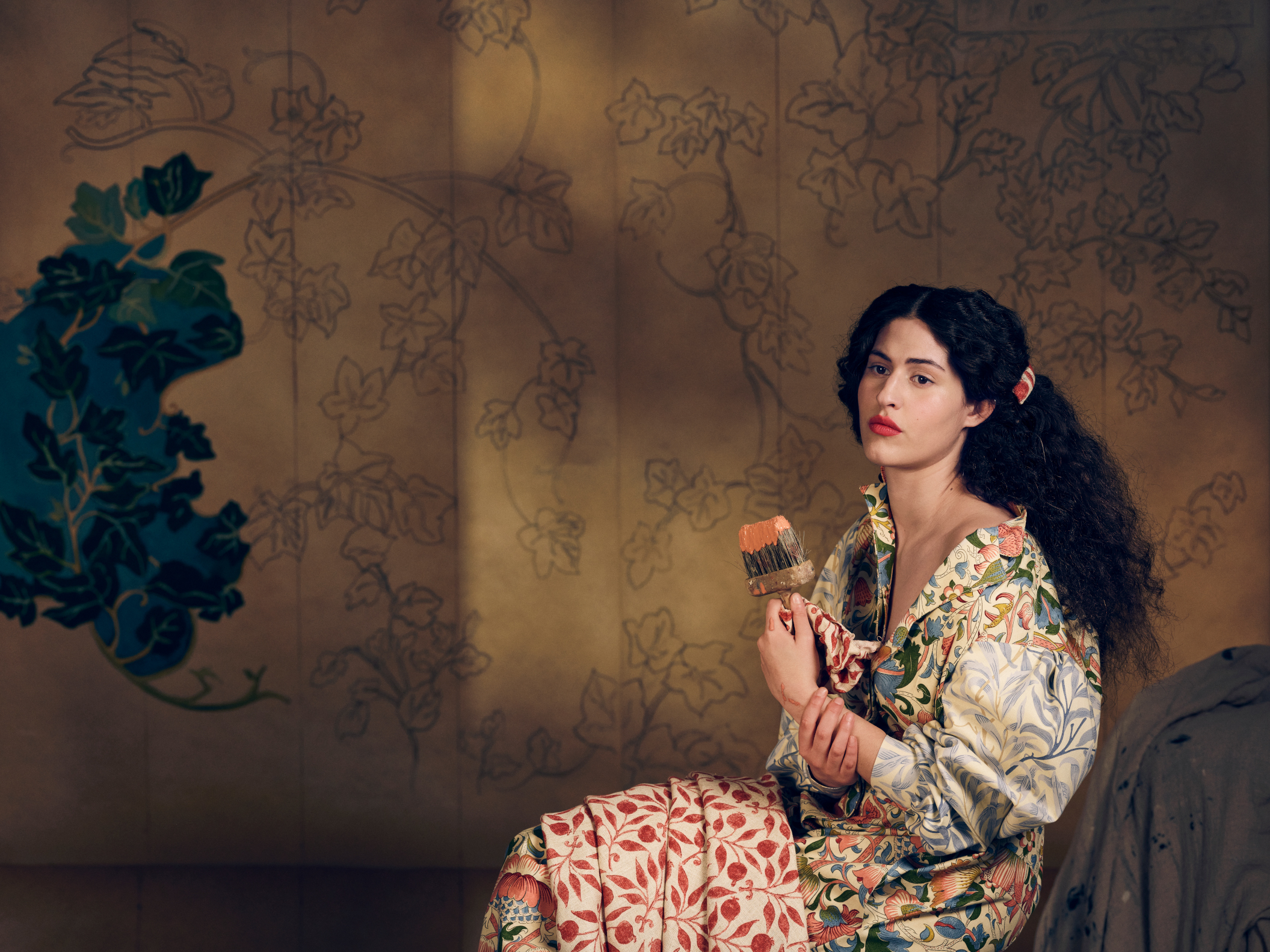
The recreation of Pre-Raphaelite styling for Morris & Co's 160th anniversary
Born near Epping Forest in Essex in 1837, the third of nine children, William Morris was the son of a self-made businessman. He was educated at Marlborough College in Wiltshire where he claimed he learned 'next to nothing'. Instead, he spent his time exploring the landscape, medieval churches and Neolithic monuments that surrounded the school. It was an experience which sparked an early appreciation of architecture that was to prove instrumental to his career.
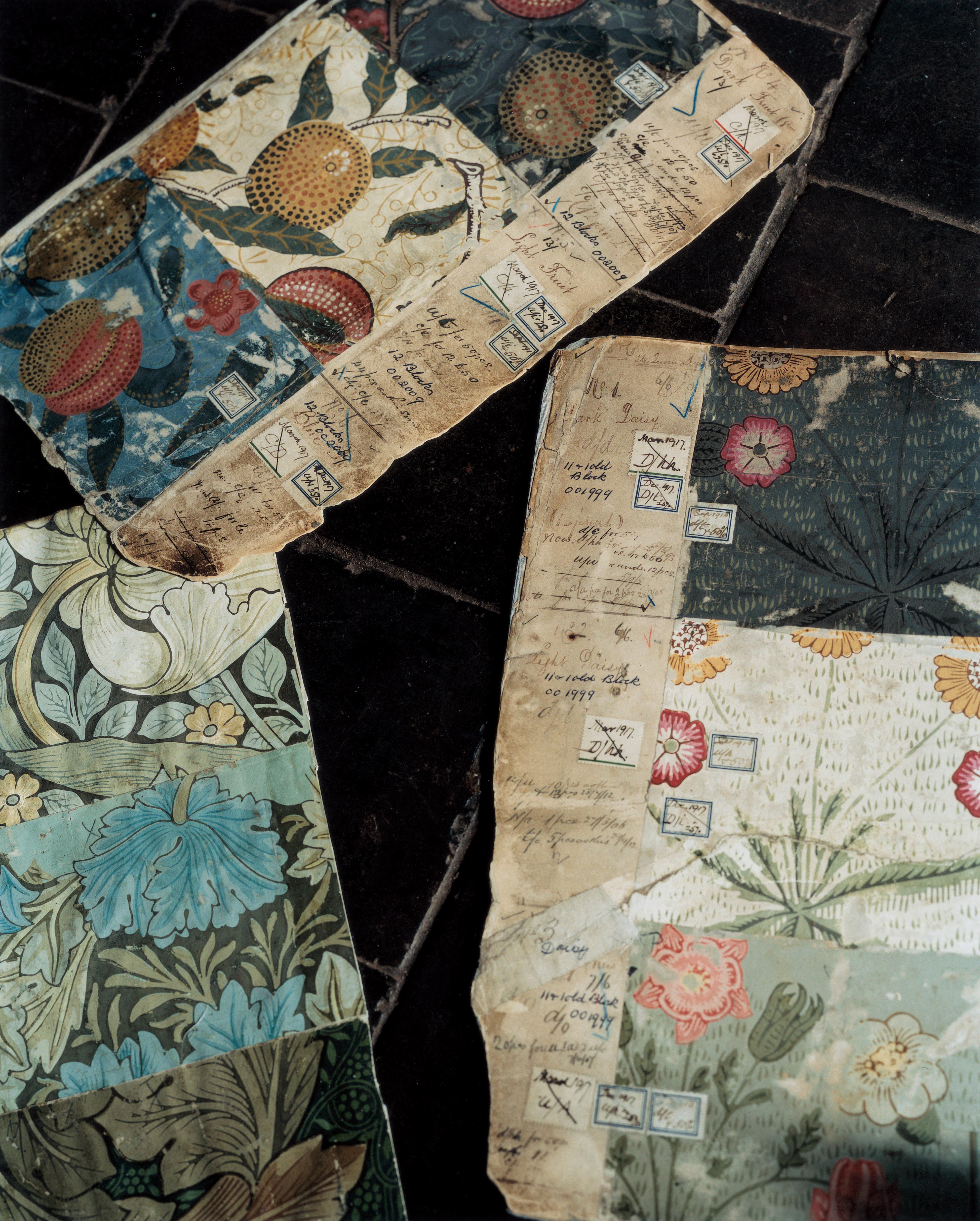
Original pattern books from the Morris & Co archive
It was the process of decorating Red House, Morris’s country house just outside London, that established many of the principles of Arts & Crafts interior design. In 1861, the friends founded the firm first known as Morris, Marshall, Faulkner & Co which championed hand-craftsmanship and traditional techniques with a strongly medievalist aesthetic.
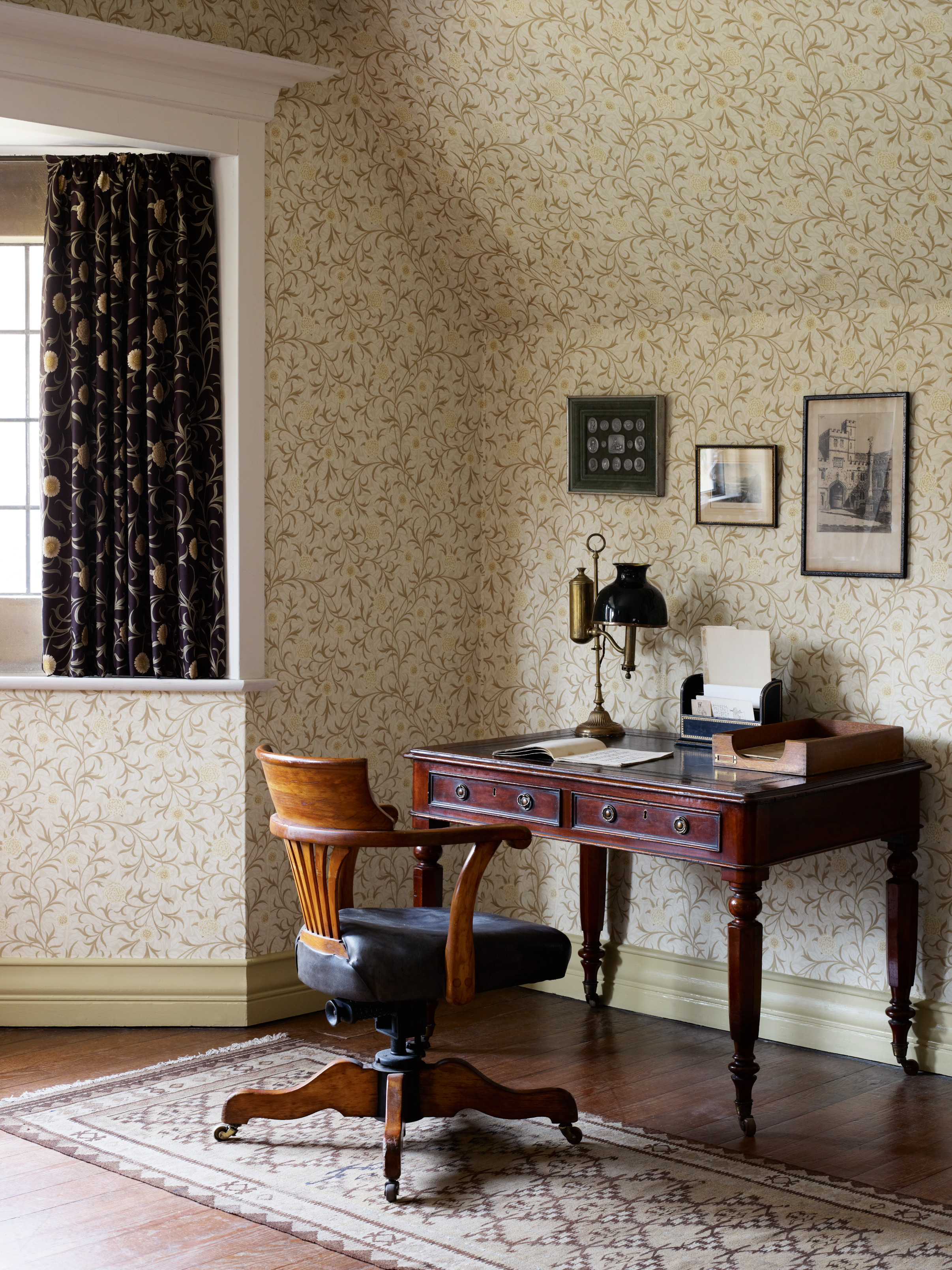
Morris & Co Scroll wallpaper
Morris’s famous maxim, laid down in 1877, was that he didn’t want art for a few any more than education for a few or freedom for a few. Simplicity and craft lay at the heart of the movement. Values and sentiments which, now faced with the biggest technological changes ever experienced, resonate profoundly with many today.
In 1875, Morris took control of the company, and Morris & Co was born.
What happened next
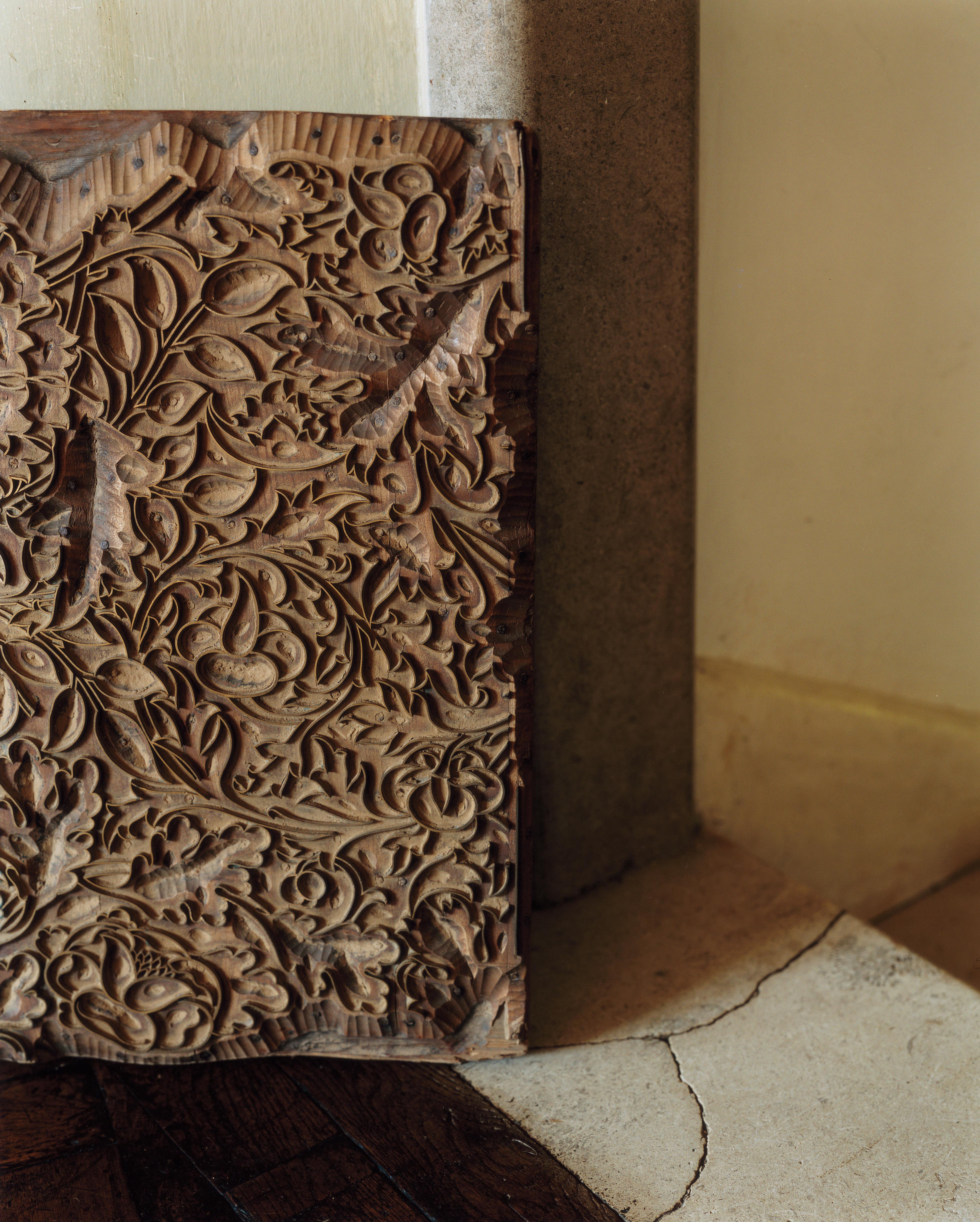
Morris & Co woodblock for printing
Morris sought to revive traditional, labor-intensive manufacturing techniques and crafts such as woodblock printing, hand fabric dying (using natural vegetable dyes) and tapestry weaving. But few of these activities proved profitable and were eventually abandoned.
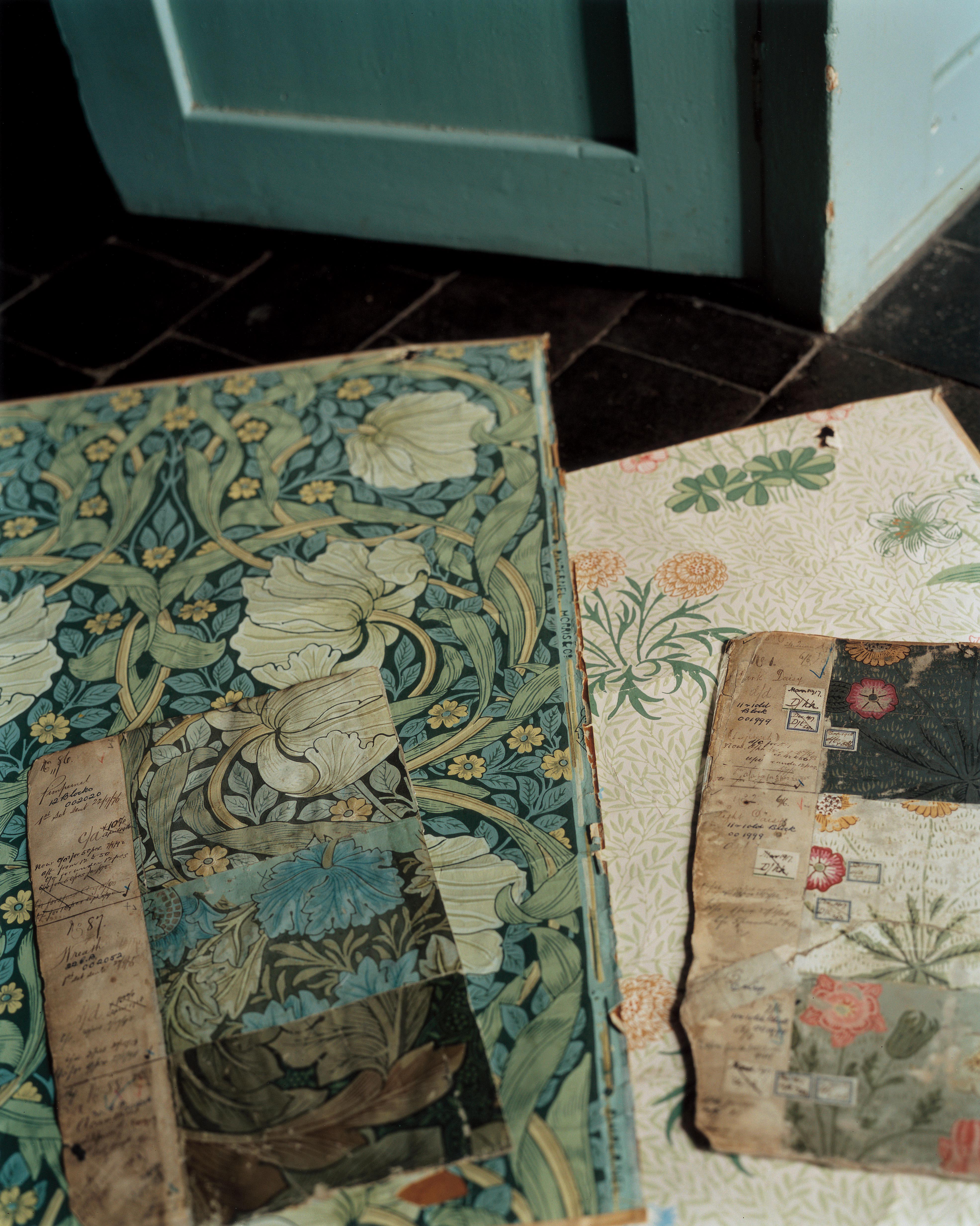
Original Morris & Co wallpapers from the UK archive
Interior decorating was the firm’s strength: wallpapers (see some original pieces, above) and fabrics the greatest success stories. Patterns typically returned to Morris’s favorite subjects of inspiration including medieval tapestries, animals in nature, English country gardens and the bucolic countryside that surrounded him.
Two commissions established the firm’s reputation in the late 1860s: one for St James’s Palace and the other for the 'green dining room' in what would become the Victorian & Albert Museum in London (this is now preserved as the Morris Room).
After his death, John Henry Dearle became the art director. The firm continued to work until it was dissolved in the early months of WW2. Their archive, including the original blocks for wallpaper designs, was bought by another British heritage brand, Arthur Sanderson & Sons (today known as Sanderson Design Group, Zoffany’s parent company).
Further ones followed including for Standen House, a vast country house in East Grinstead built for a London solicitor (today owned by the National Trust, where wallpapers and fabrics still hang). Morris finished decorating another large project, Stanmore Hall, on the outskirts of London, before he died in 1896.
Morris & Co: the most popular designs
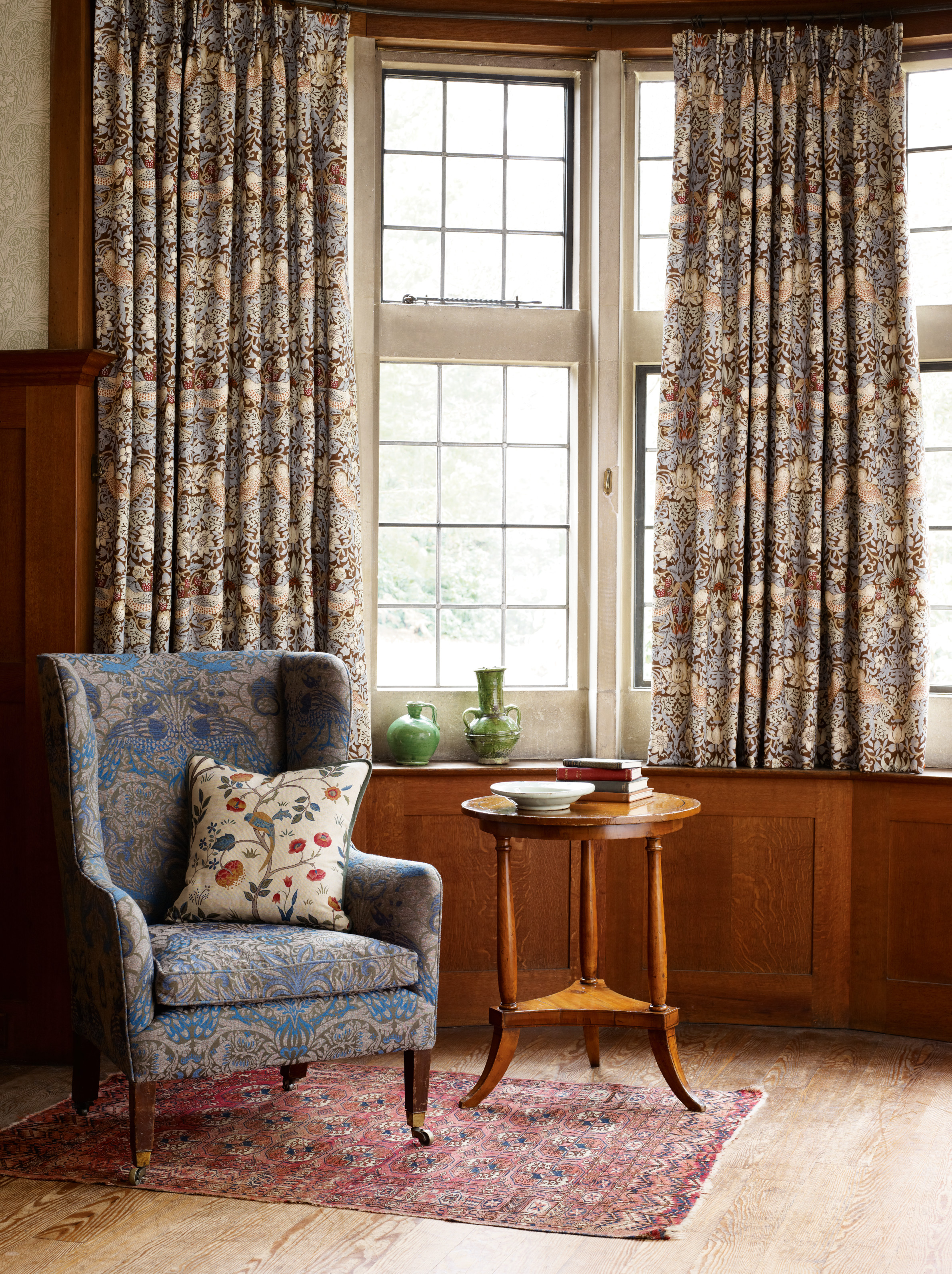
Morris & Co Strawberry Thief design
Among the most famous patterns are Willow Bough (1887) which is said to be influenced by a father and daughter strolling along the banks of the River Thames; Strawberry Thief (1883) (shown above) which features thrushes Morris caught stealing strawberries from his garden; Trellis, Morris’s first design in 1862, inspired by a trellis in his garden at Red House; and Golden Lily (1899) which was designed by John Henry Dearle.
In London’s Swinging Sixties movement, which saw a renewed interested in Victoriana designs, this pattern was photographed on a jacket worn by the Beatle George Harrison.
Morris & Co today
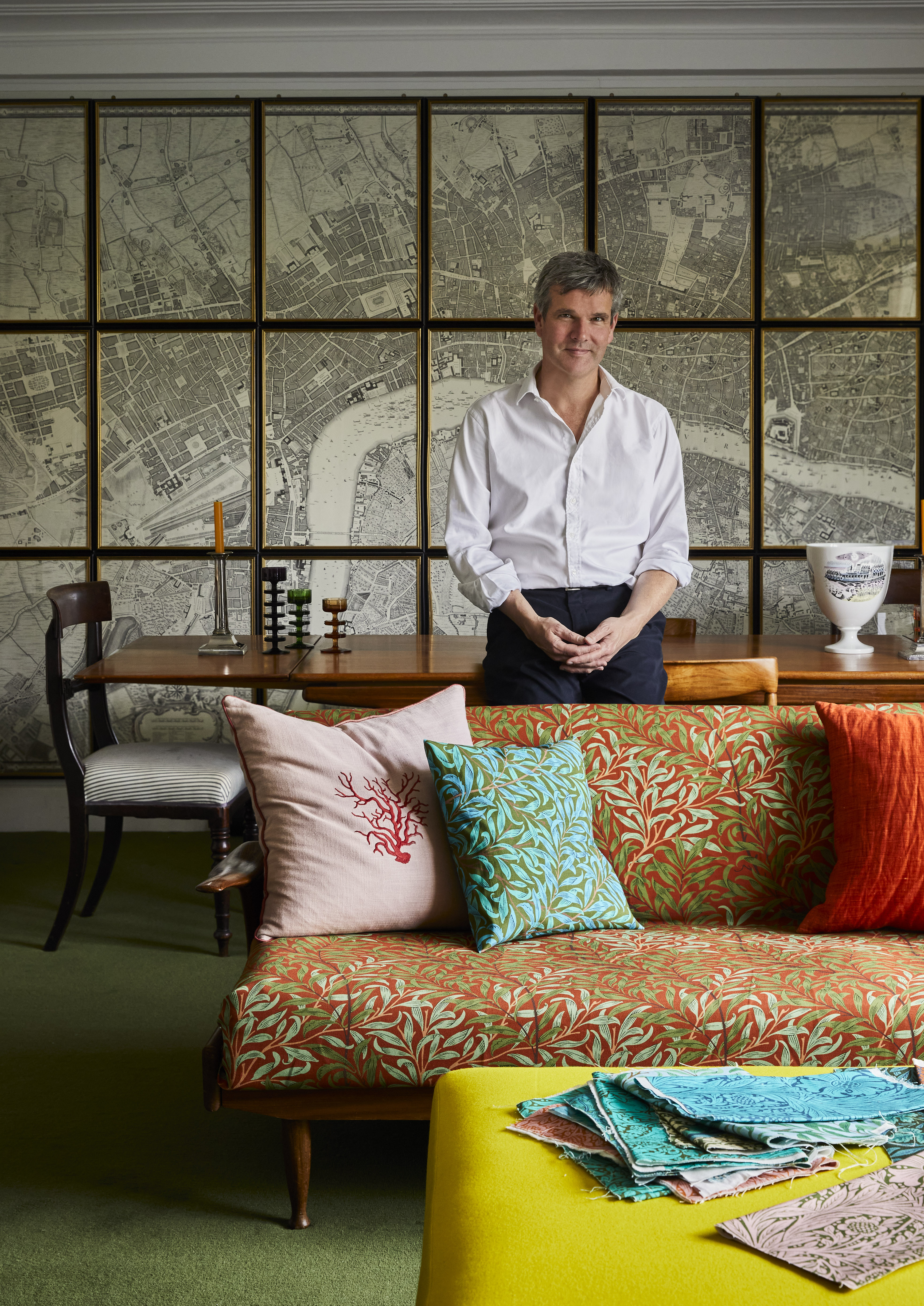
Ben Pentreath with his recolored Morris & Co designs
The interior decorator Ben Pentreath (above), who works for HRH Prince Charles on various projects and was responsible for the redecoration of Anmer Hall, home to the Duke and Duchess of Cambridge, says he includes a Morris pattern – either in a wallpaper or a piece of upholstery – in almost all of his interiors projects.
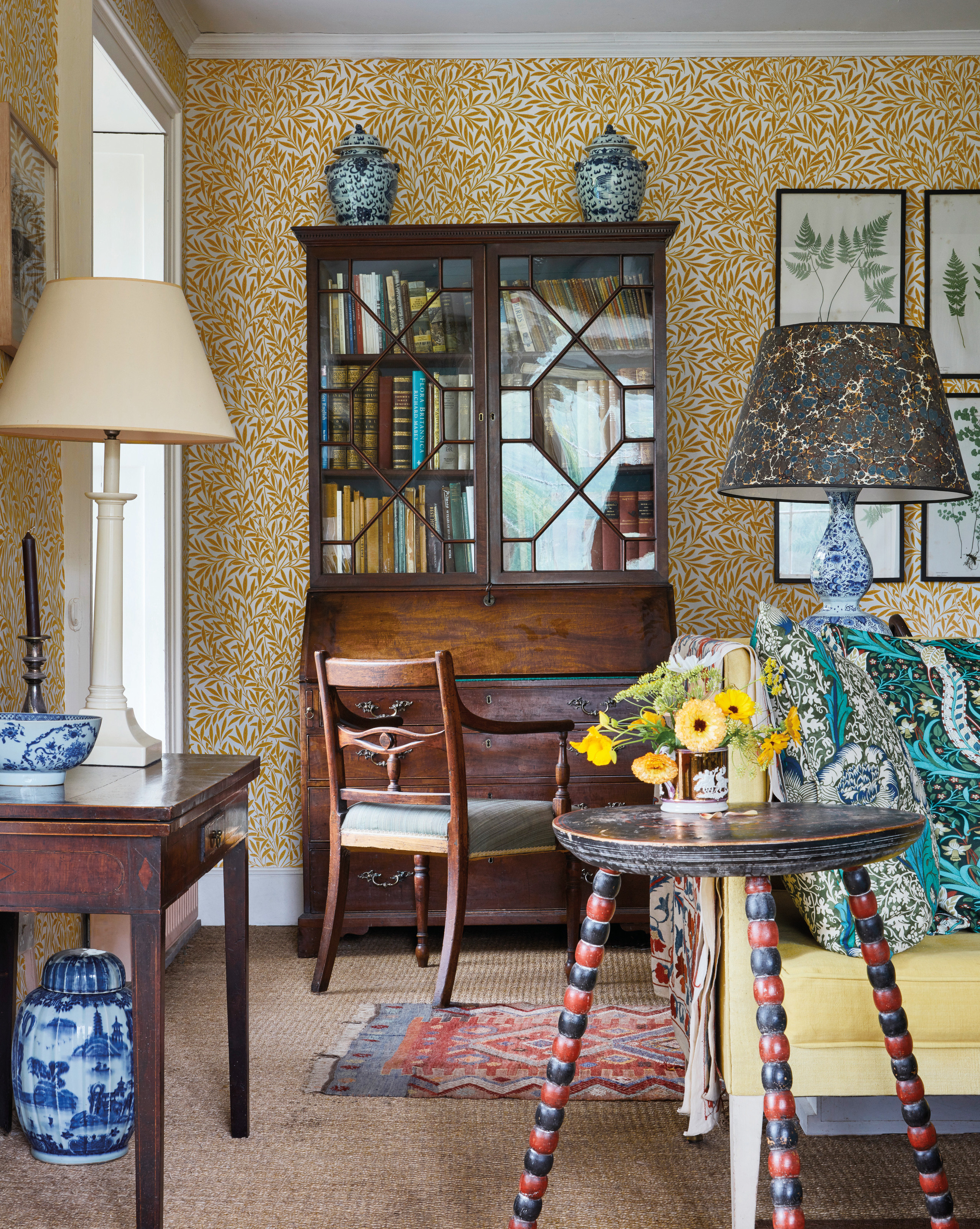
Morris & Co Queen Square collection
In 2019, Morris & Co approached him to recolor a selection of Morris’s original designs (above, including with Pentreath, and below). The project, called Queen Square in reference to the original London home of Morris & Co in Bloomsbury, resulted in 14 patterns across nine fabrics and eight wallpapers in a variety of colorways.
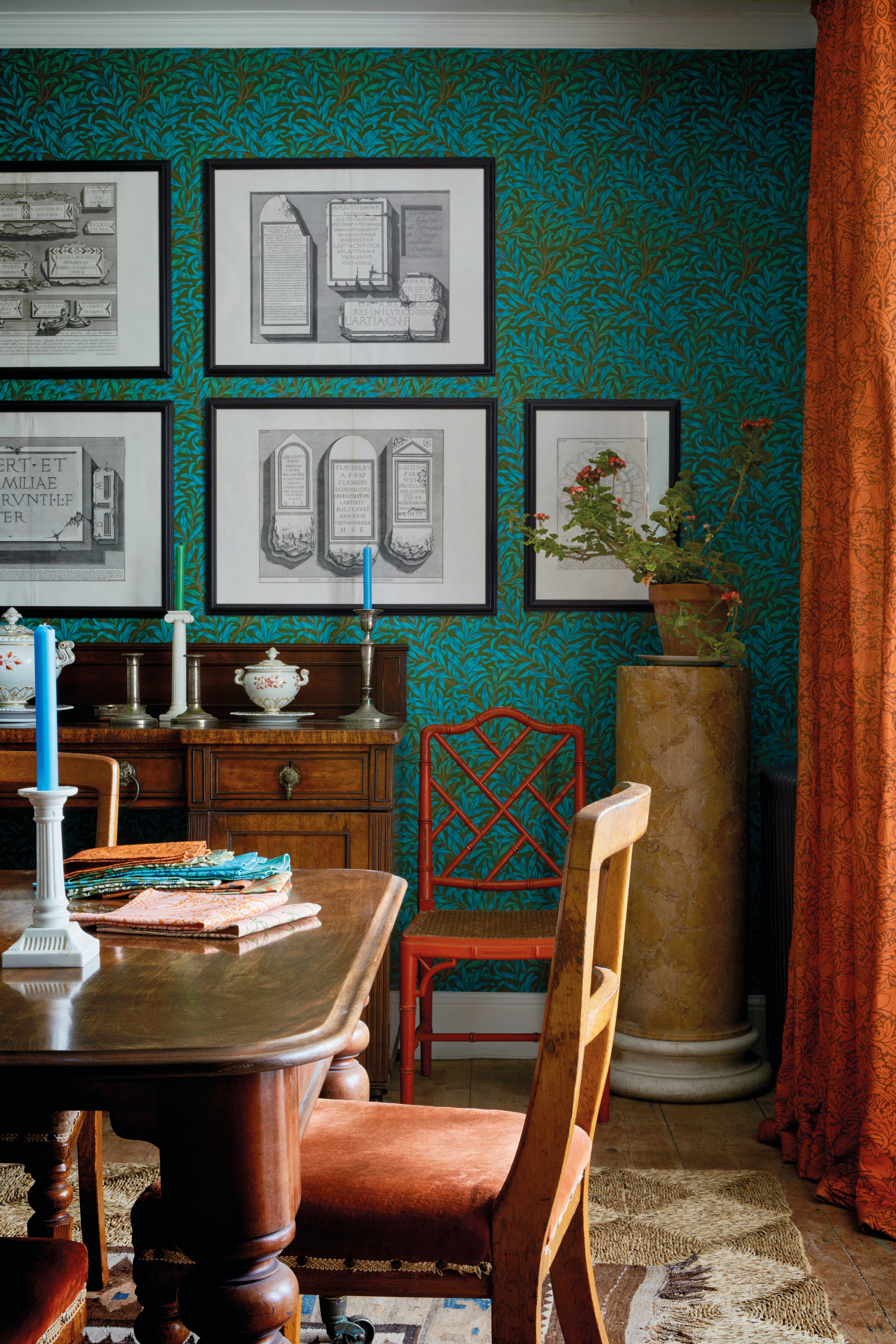
Morris & Co Queen Square collection
Zoffany/Sanderson had recolored many Morris designs during the Sixties in bold and intense shades which were typical of the era and produced a book with the results; it now lies in Morris & Co archive. Ben used this for inspiration. The result is a blend of the richness of the Morris patterns with the zing of fresh new saturated color note.
'For me, the whole collection is filled with nostalgia,' says Ben. 'There is a sense of comfort and happiness in these fabrics, which could not be more relevant today.'
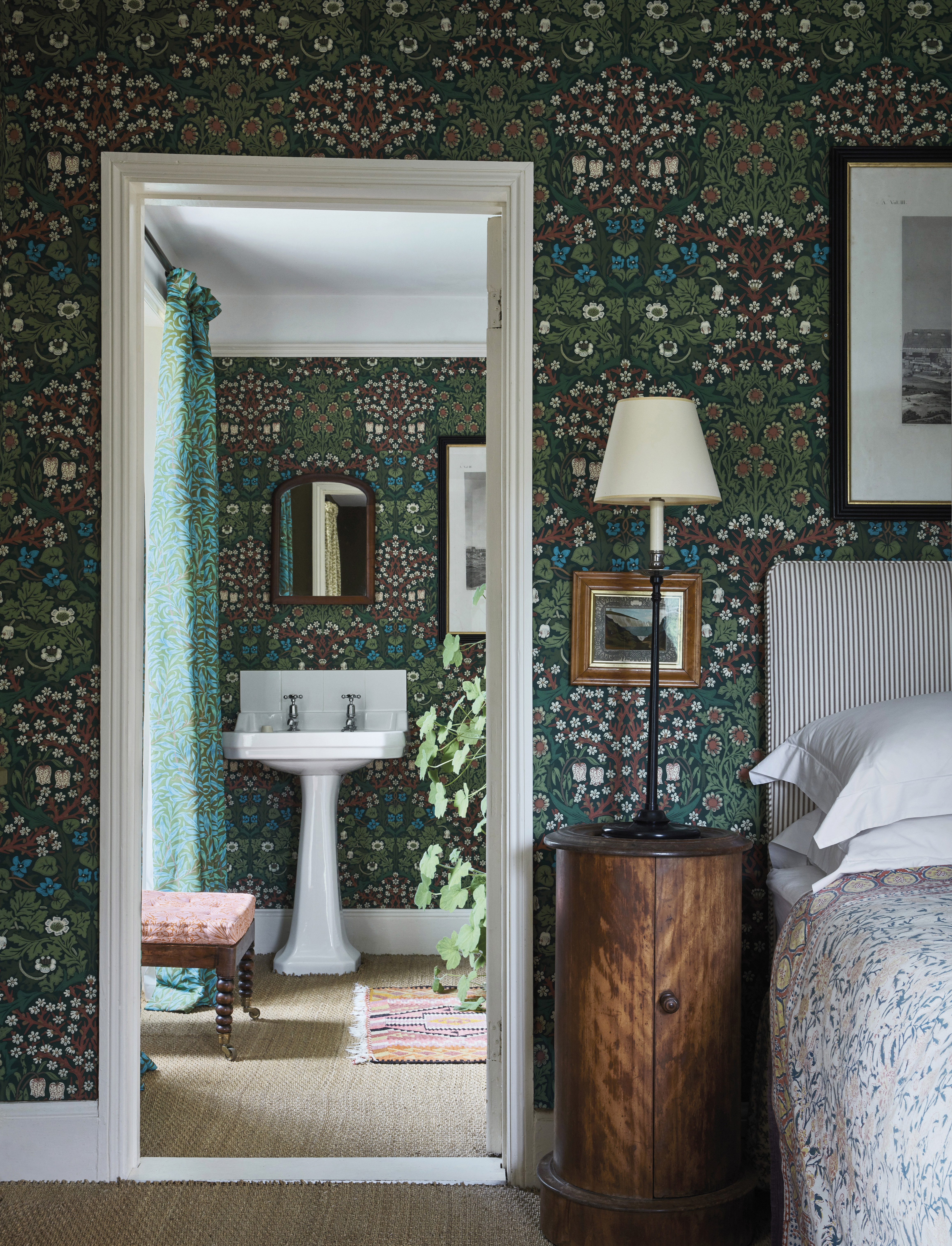
Morris & Co Queen Square collection
The Morris & Co archive is held in Denham, Buckinghamshire, just over 20 miles west of London. Interior designers regularly draw on it for inspiration for their own collections. Rose Uniacke’s new linen Squirrel is inspired by William Morris (it’s currently for sale in the UK only).
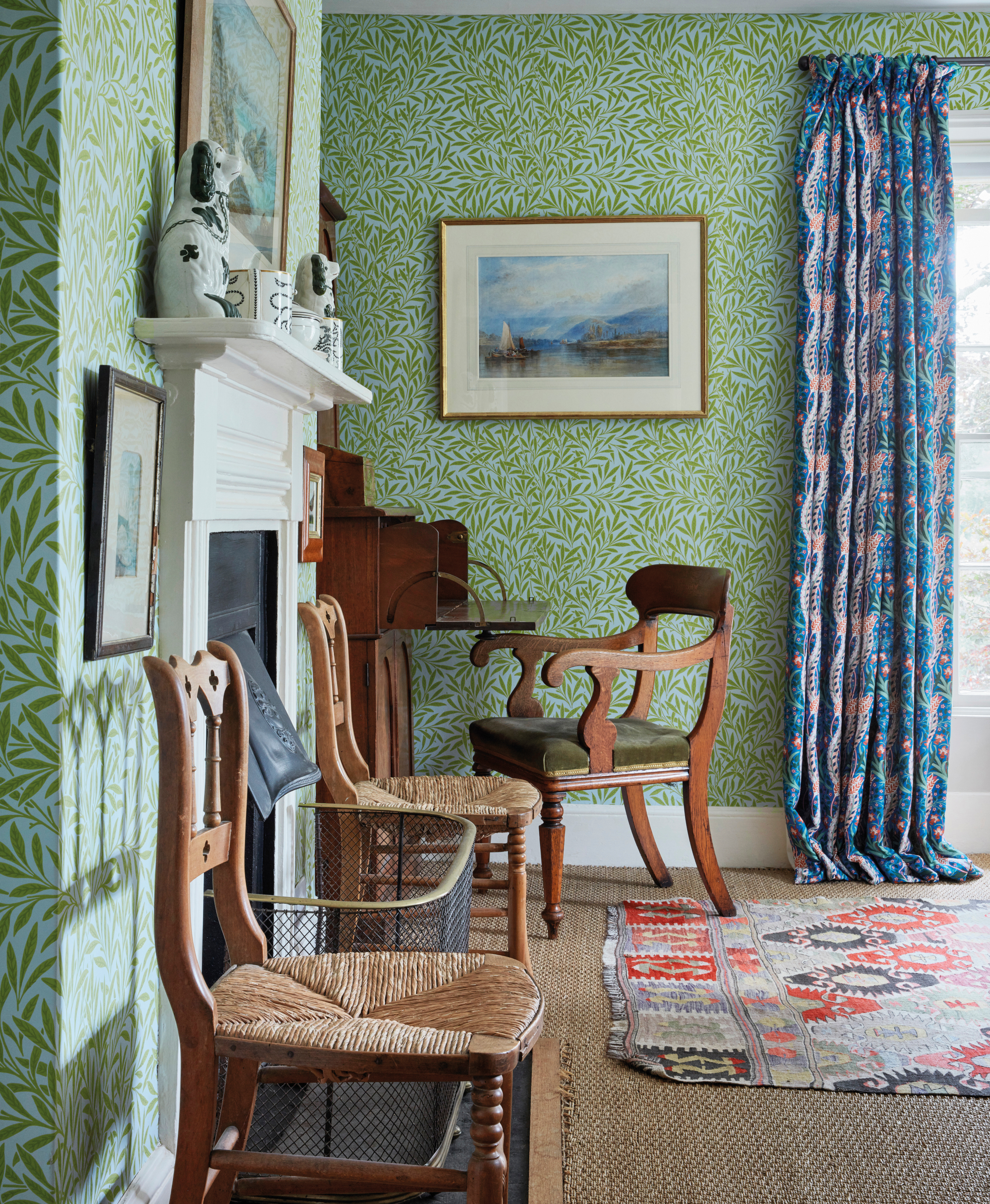
Morris & Co Queen Square collection
To mark the firm’s 160th anniversary in 2021, Morris & Co have released more than 100 archival designs including Owl & Willow, a new wallpaper panel. Inspired by the 1890 Holy Grail tapestries designed by Morris and Burne-Jones for the dining room of Stanmore Hall, Morris’s last and grandest project.
Sign up to the Homes & Gardens newsletter
Design expertise in your inbox – from inspiring decorating ideas and beautiful celebrity homes to practical gardening advice and shopping round-ups.

Arabella is a freelance journalist writing for national newspapers, magazines and websites including Homes & Gardens, Country Life, The Telegraph and The Times. For many years she has specialized in writing about property and interiors, but she began her career in the early 2000s working on the newly launched Country Life website, covering anything from competitions to find the nation’s prettiest vicarage to the plight of rural post offices.
-
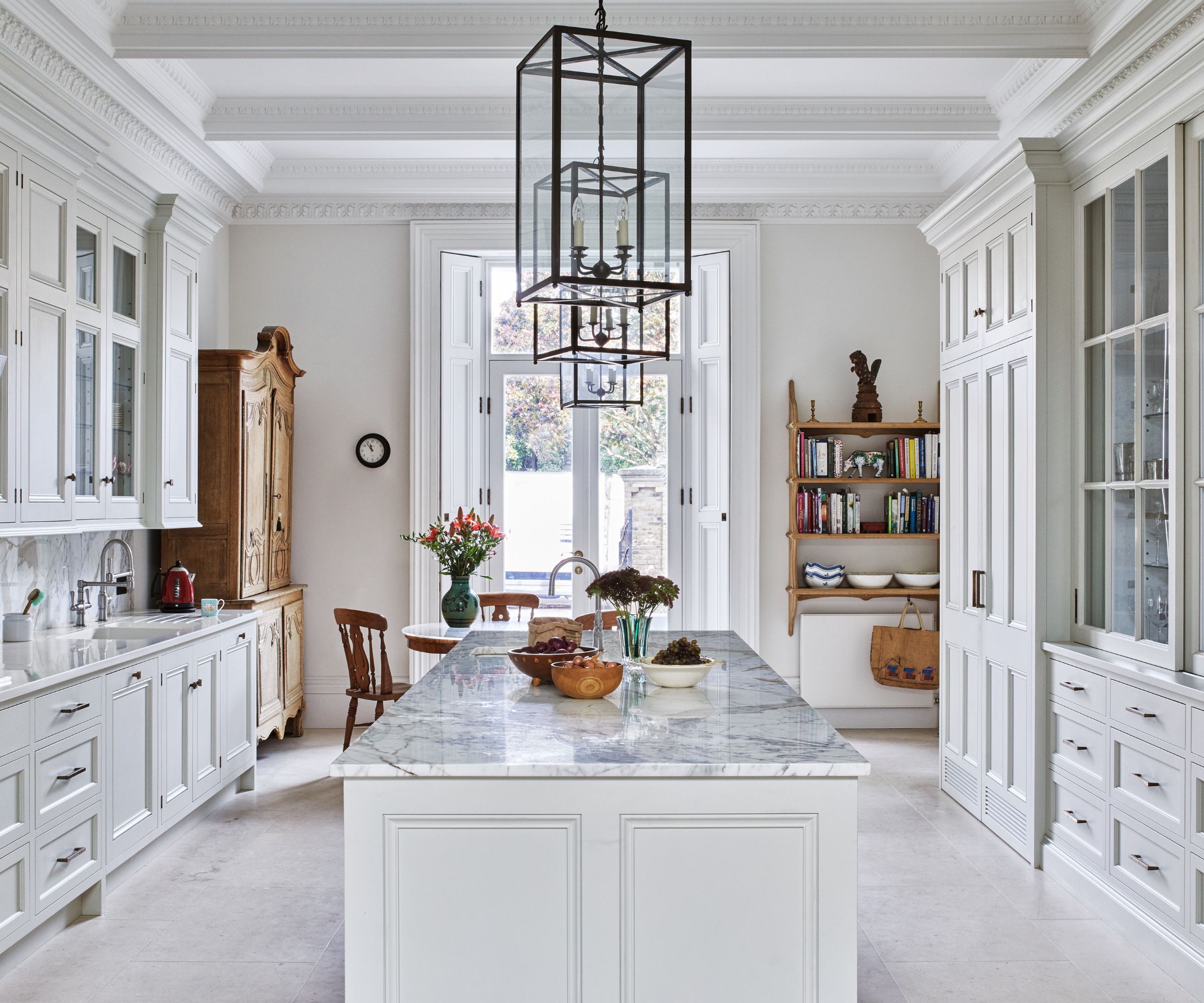 Are you making the most out of the estate sales in your area? These are the 5 most valuable items you should be shopping for
Are you making the most out of the estate sales in your area? These are the 5 most valuable items you should be shopping forVintage lovers and antique experts share the objects you should always look out for when you're exploring an estate sale
By Eleanor Richardson
-
 How to grow sassafras – for a low-maintenance native tree that can even be planted in shady yards
How to grow sassafras – for a low-maintenance native tree that can even be planted in shady yardsFor an easy-to-grow North American tree, you will not find much better than sassafras
By Thomas Rutter
-
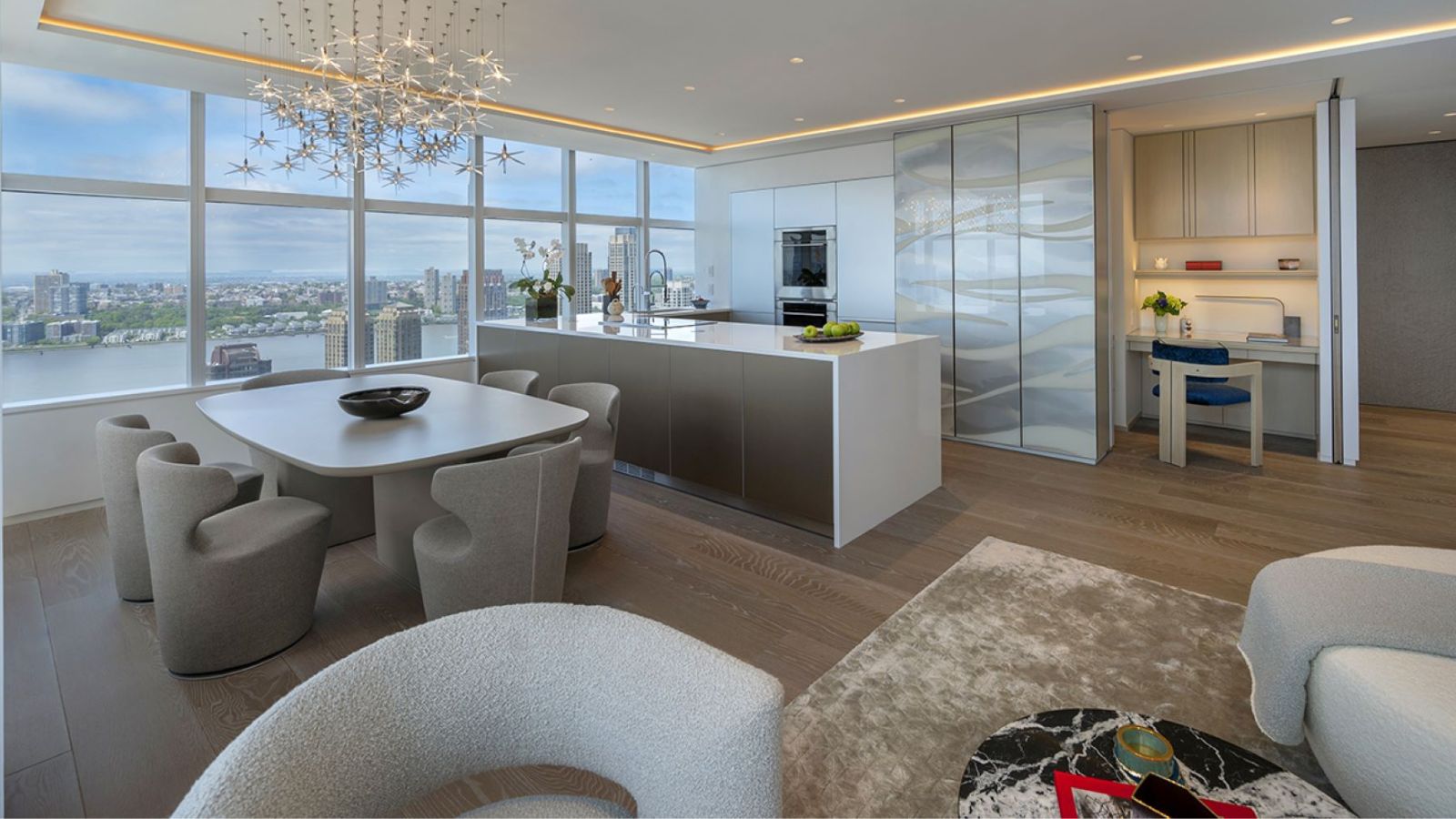 Designer Profile: Philip J. Consalvo
Designer Profile: Philip J. ConsalvoWe speak to the NYC-based architect and designer about his career, past, present and future
By Lucy Searle
-
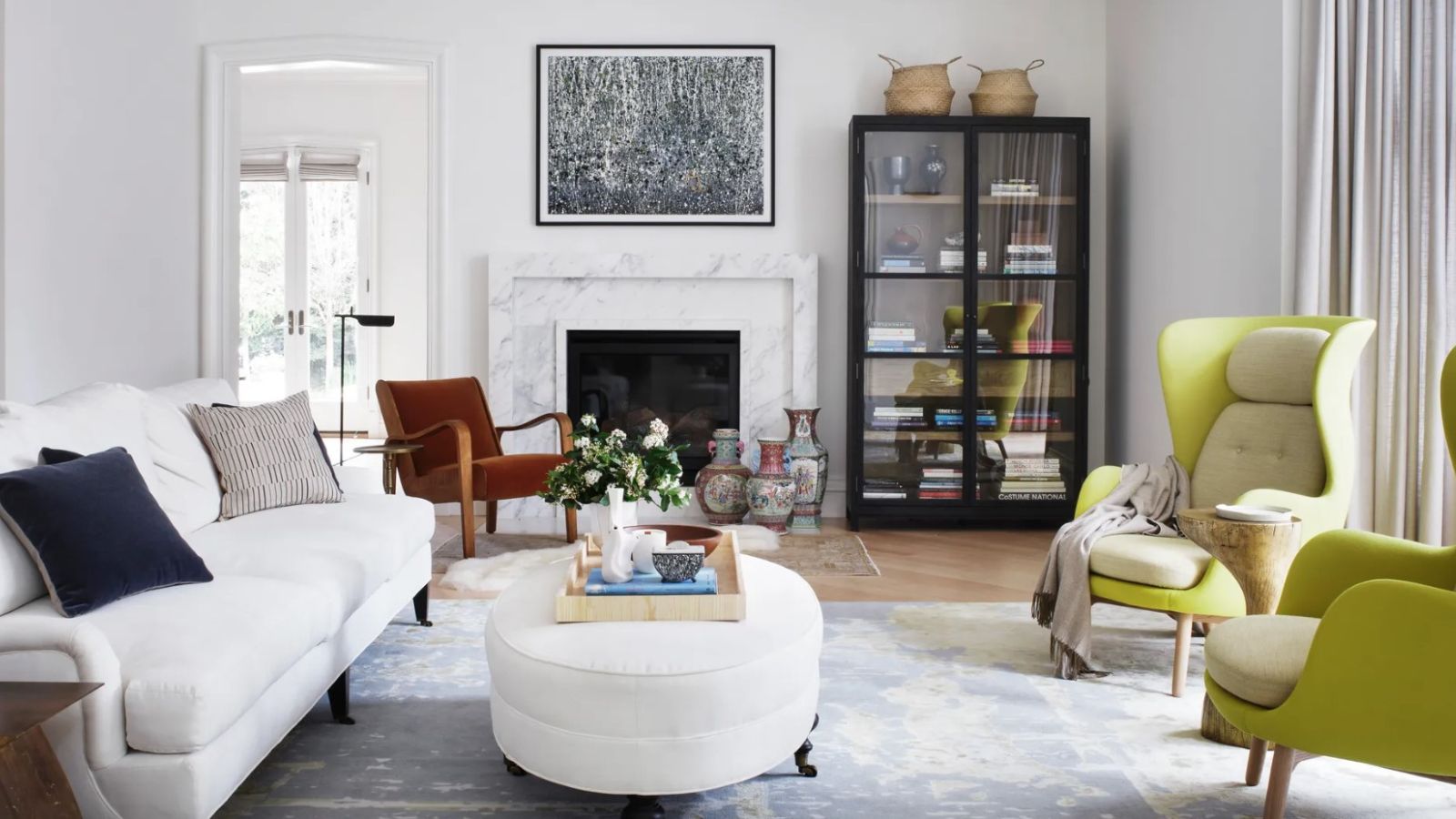 Designer Profile: Christine Lin
Designer Profile: Christine LinWe speak to the San Francisco-based interior design principal about her work, inspirations and projects
By Lucy Searle
-
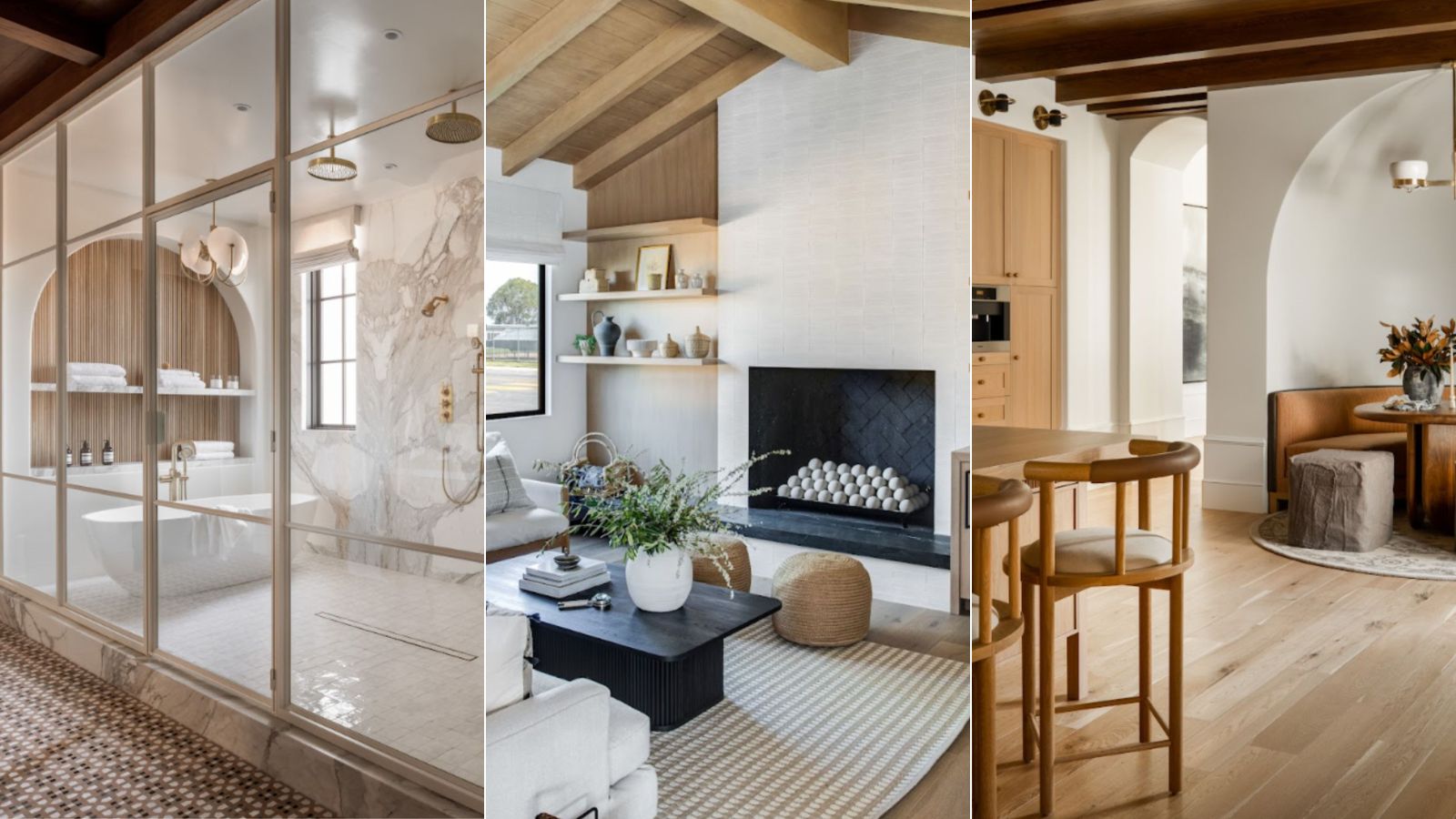 Designer Profile: Lindye Galloway
Designer Profile: Lindye GallowayLindye Galloway is the Founder and Chief Creative Officer of Lindye Galloway Studio + Shop, a full-service interior design firm and online shop based in Orange County, California
By Lola Houlton
-
 Designer Profile: Amanda Gunawan
Designer Profile: Amanda GunawanWe look at the career and work, past, present and future, of interior designer LA-based Amanda Gunawan of OWIU Design & OWIU Goods
By Lola Houlton
-
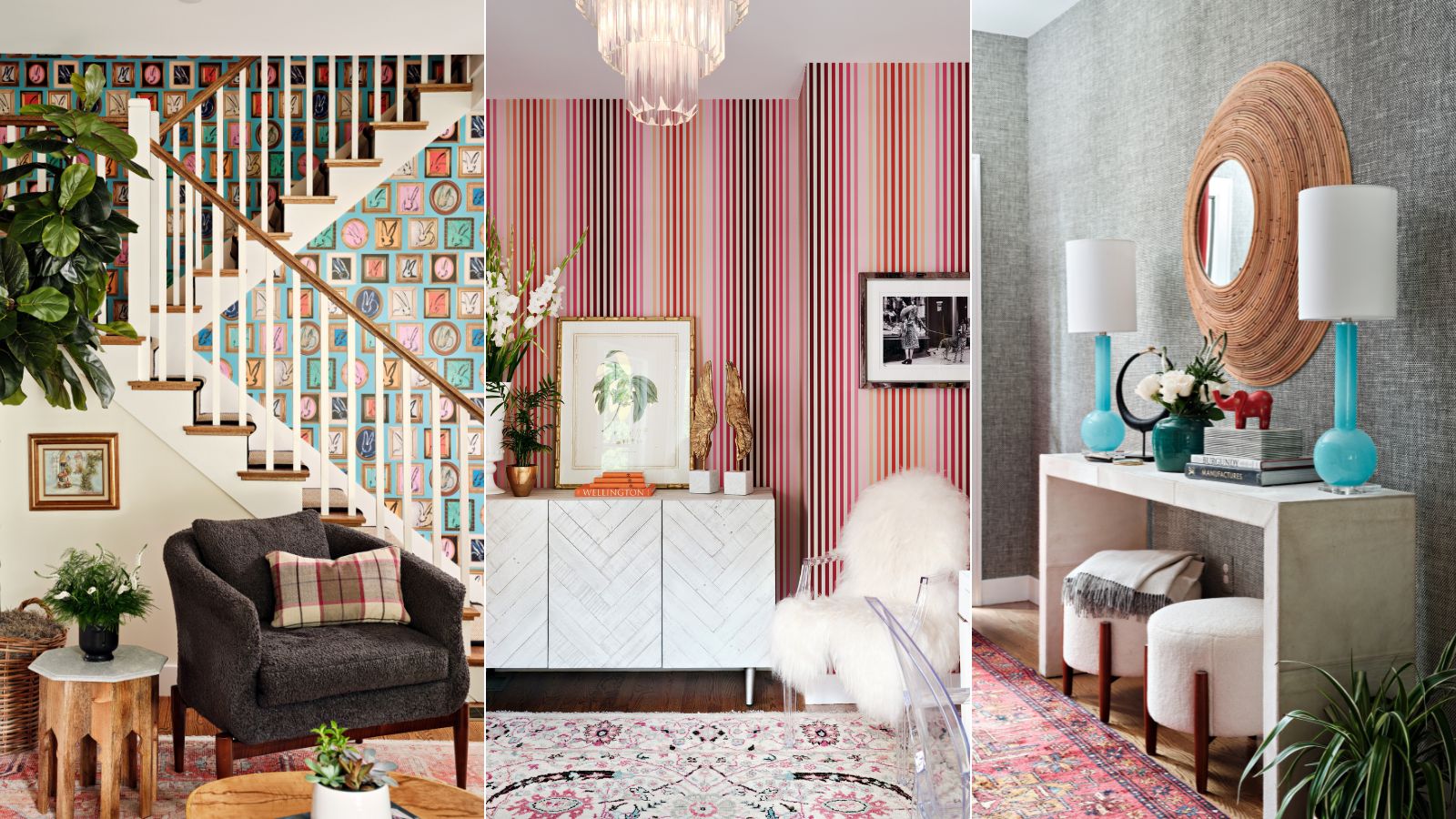 Designer Profile: Robin Gannon
Designer Profile: Robin GannonThe Boston-based interior designer offers full service in a style driven by the client. But what drives her? We find out
By Lucy Searle
-
 Designer Profile: Courtney Brannan
Designer Profile: Courtney BrannanPrincipal at Champalimaud, the designer has worked on Ritz-Carlton, Grand Cayman, the St. Regis Jakarta, Hotel Bel-Air in Los Angeles, California, and the Beverly Hills Hotel
By Lucy Searle
-
 Designer Profile: Rayman Boozer
Designer Profile: Rayman BoozerThe Apartment 48 founder and interior designer talks to us about his career and the importance of collaboration in interior design
By Lucy Searle
-
 Designer Profile: Susan Wintersteen
Designer Profile: Susan WintersteenSan Diego-based design build firm Savvy Interiors creates happy homes for children facing a medical crisis through Savvy Giving By Design
By Lola Houlton